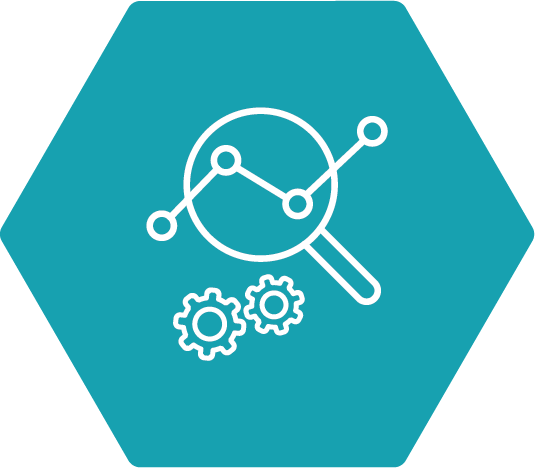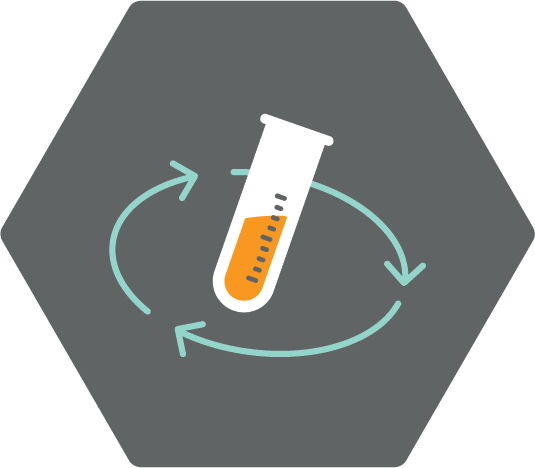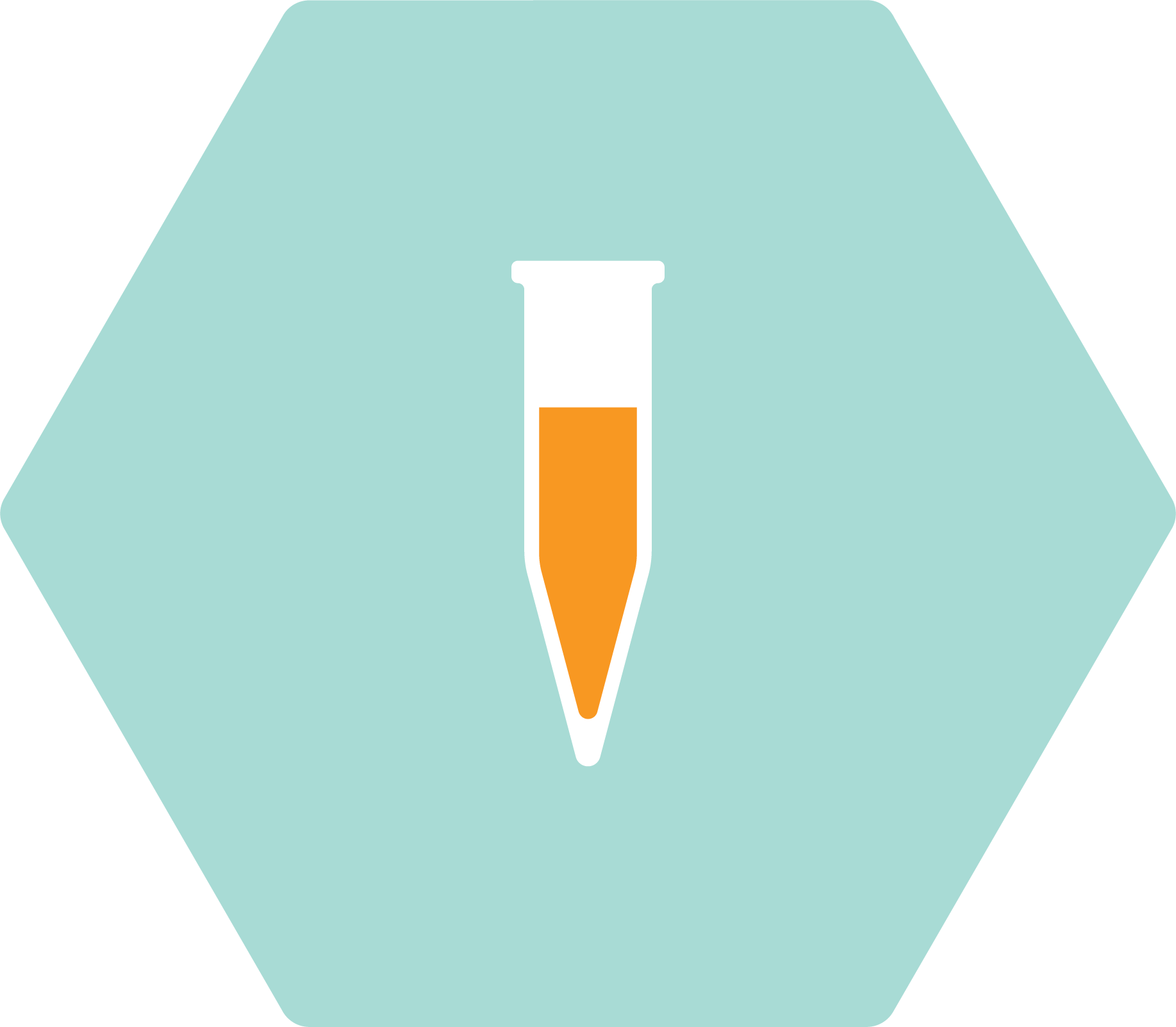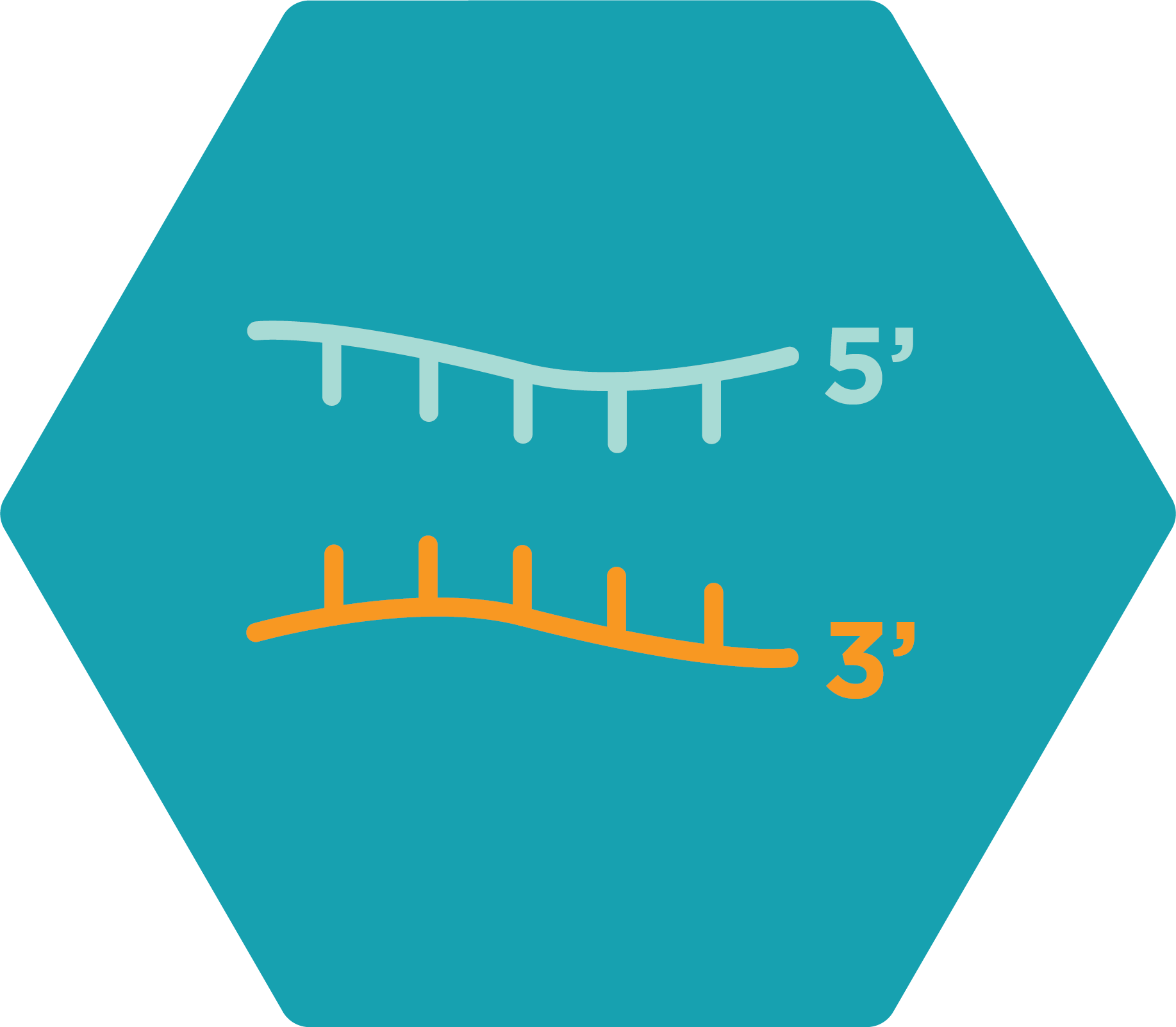- Environmental
ENVIRONMENTAL
Offering accredited microbiology, chemistry, and molecular capabilities and methods, our environmental teams are responsive to your demands with a focus on quality data and service. We provide routine and specialty analytical testing to assist a broad range of companies and government agencies with their compliance reporting.
- Food
FOOD
From farm to fork, Microbac helps our clients manage food quality and safety risks to protect consumers and their brands. Our industry expertise and analytical strength support your food safety programs for compliance with FSMA regulations. As an ISO 17025-accredited supplier for end-to-end food testing, we serve all food industry segments with services to meet unique needs.
- Life Sciences
LIFE SCIENCES
Our scientists collaborate with your project teams throughout the product life cycle and bring technical expertise in product safety, quality, efficacy, and stability. We offer an array of studies per industry-specific protocols, including cGMP/GLP/GCP, AOAC, USP and ASTM.
- About
ABOUT
Here at Microbac Laboratories, our team of experts are always looking to serve you and your business with premier expertise and respect for your unique market requirements. Our diverse work portfolio includes broad analytical offerings and tested insights across the environmental, food and life science markets and with 50 years of honing our craft, we offer results you can trust.
- Request Testing
- Support







